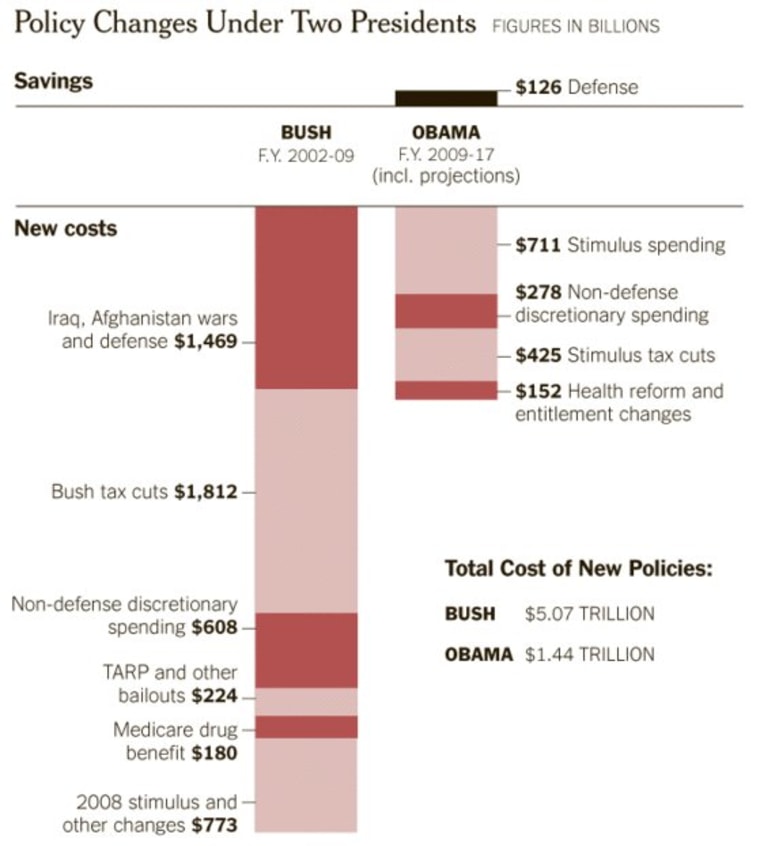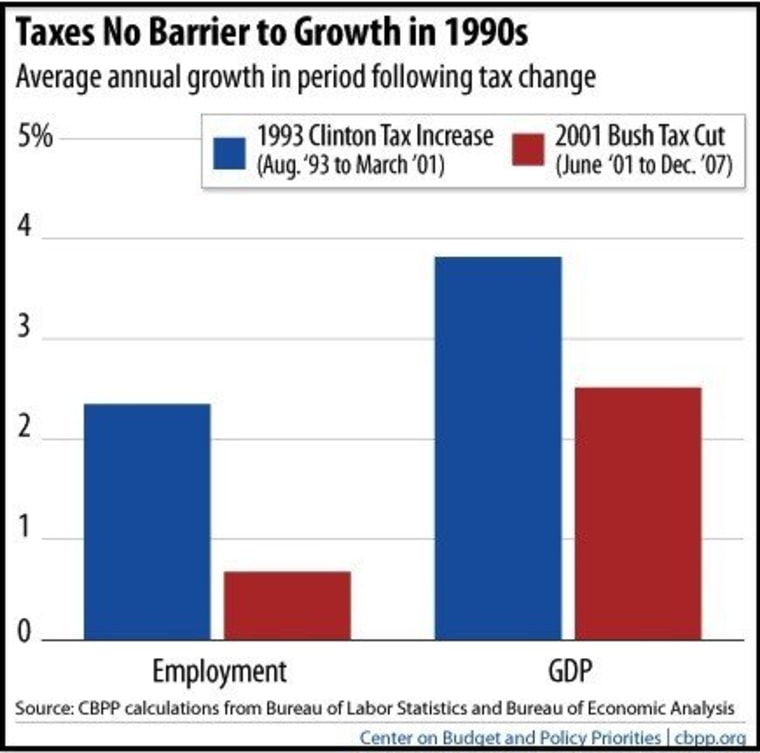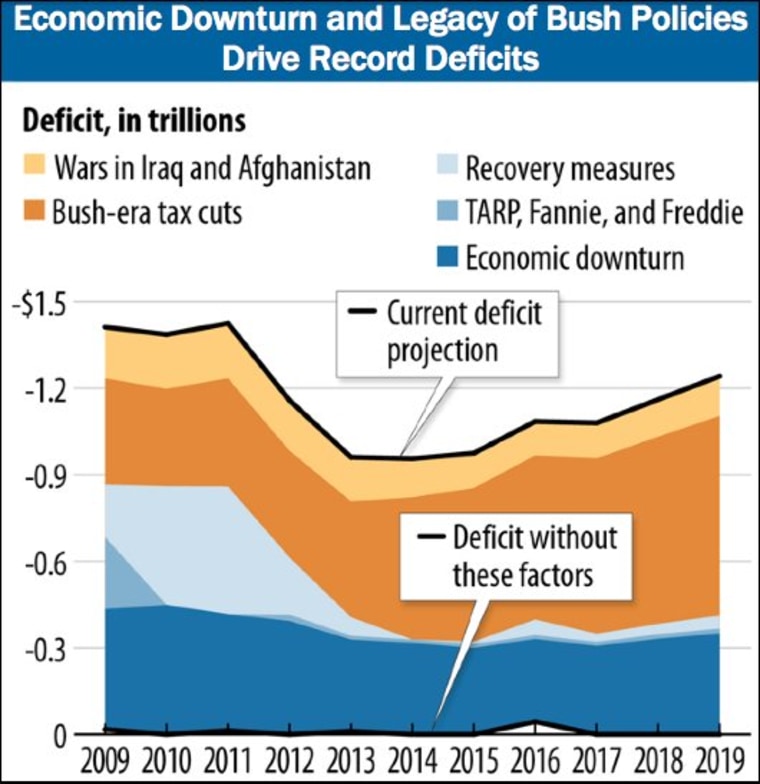Roll Call reporter John Stanton is tweeting that House Majority Leader Eric Cantor is whipping votes this morning for House Speaker John Boehner's no-taxes plan for a debt ceiling deal. President Obama made his case to the American people last night, explaining why we're so much in the red:
In the year 2000, the government had a budget surplus. But instead of using it to pay off our debt, the money was spent on trillions of dollars in new tax cuts, while two wars and an expensive prescription drug program were simply added to our nation's credit card.As a result, the deficit was on track to top $1 trillion the year I took office. To make matters worse, the recession meant that there was less money coming in, and it required us to spend even more - on tax cuts for middle-class families; on unemployment insurance; on aid to states so we could prevent more teachers and firefighters and police officers from being laid off. These emergency steps also added to the deficit.
At the heart of all that is the set of Bush tax cuts, including tax cuts for the wealthy, that were billed as temporary but have proved politically difficult to get rid of. Below, the New York Times chart James Fallows says should be included in every discussion of the debt ceiling.

Bonus chart: Despite Republicans' insistence that "job creators" pay no more in taxes, higher taxes and economic growth are kinda friendly.

